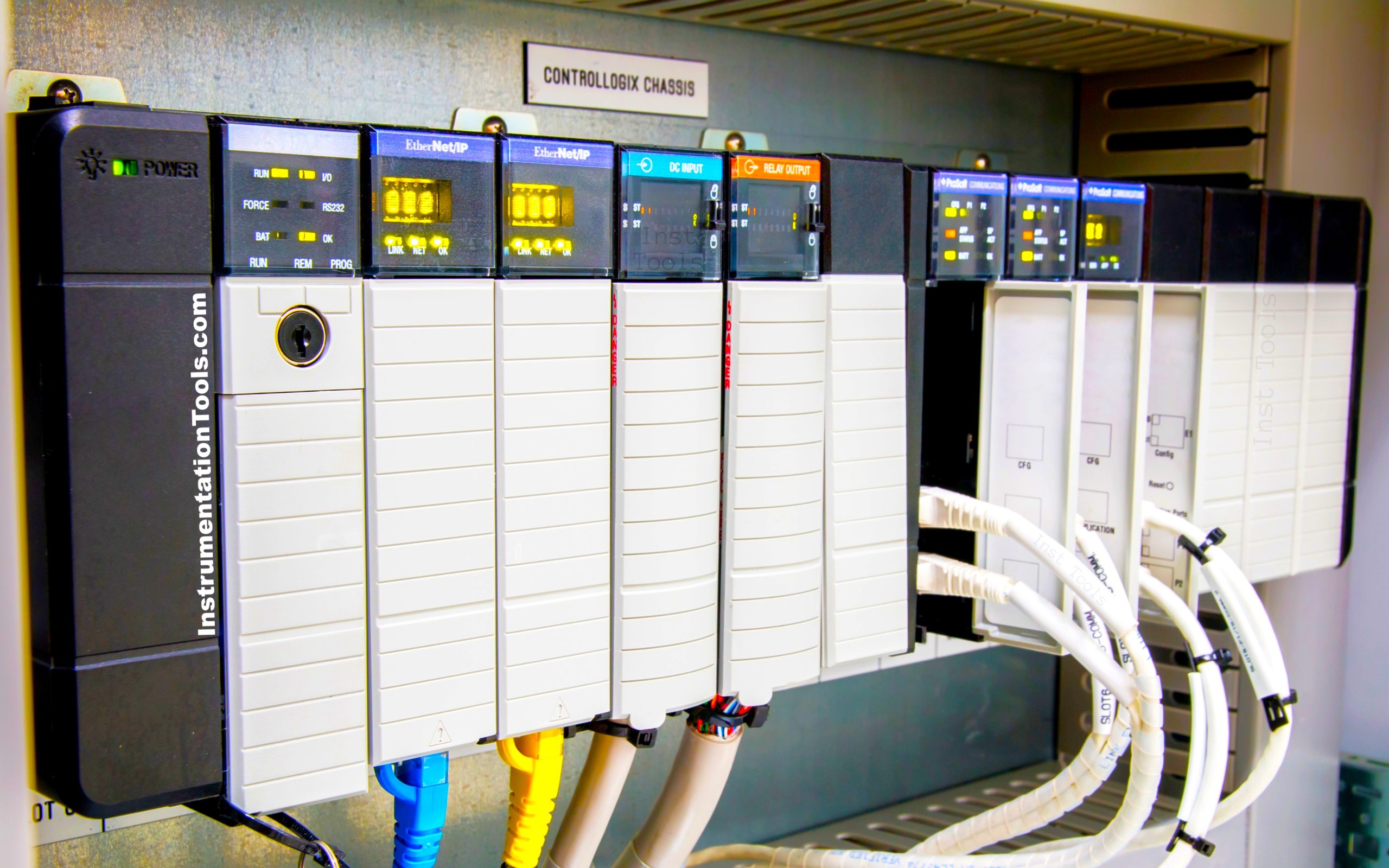Whenever a new PLC programmer goes to the site to commission a project, the very first question that arises is how to do it. This is because the PLC system is vast and complex to understand.
So, every PLC programmer must know what to do when he goes to the site with proper planning. With such a large number of electrical field wires and devices, it is necessary to understand what he is doing along with the PLC program logic.
In this post, we will learn the commissioning steps to be followed by a PLC programmer.
Site Commissioning Steps for PLC Programmers

The very first step for a PLC programmer is to check whether he has all the prerequisite PLC software installed on his laptop. Suppose the site has automation of Schneider in the system. Then, first, he needs to install all the corresponding PLC software on his laptop. The software must open correctly every time and all it’s related drivers must also respond properly. After that, he needs to connect his laptop to the automation hardware in his office. This will ensure that he is properly able to upload and download in the system. Improper software installation or connectivity can lead to errors in commissioning at the site.
Then, he has to take the final backup on his laptop and check the PLC logic with the simulation. This will ensure that he goes to the site understanding the whole process. After this, carry all the communication cables along with you and get ready to go to the site. If it is found that due to time constraints, the system is not being checked fully, then note down the pending points and logic bugs observed during testing. Ensure that this is checked when commissioning.
Once he reaches the site, first take an overall lookout for the plant condition. How much mechanical work is pending, how much electrical work is pending; that matters the most. Also, check the condition of utilities like water, air, and steam. Note down all the statuses and make a daily activities list on your laptop. Share this file with your immediate senior so that he knows where the activity is stuck and can push the corresponding person accordingly to get the work done.
Once the panel has been given for testing, start checking the field IOs. As per the IO list and wiring diagram, the corresponding field device must operate accordingly. Note down any issues found and contact the electrical person to resolve them.
If there are communication devices in the PLC system, you must also check them. All the communication devices must be able to properly communicate in the network bus with the PLC automation system.
Once the field wiring has been verified, it must be checked whether all the mechanical devices are operating according to the wiring or not. Eventually, process running is important and if the device is not responding, then the process will not run properly.
Once all the device verification part has been done, the next step is to verify the logic with the process engineer. It must be checked whether the plant is running according to the logic written or not. If there are issues found, check whether they can be resolved by logic or if it has to be resolved by the process engineer. Come to a conclusion and resolve the same.
This completes your PLC commissioning activity. Save all the final backups and hand them over to your senior for safety. Also, note down all the final process parameters and record a video of the running plant for understanding. Make the final report and get it signed by the customer for proof that commissioning has been done. Note down any of his remarks and see that it is resolved as early as possible.
PLC Commissioning Steps
The main PLC commissioning steps are mentioned below with brief details.
- Review Documentation: Check system requirements and schematics.
- Safety Checks: Verify lockout/tagout and other safety protocols.
- Hardware Check: Inspect PLC and I/O modules for any damage.
- Power-Up: Turn on PLC and confirm basic functions.
- Establish Communication: Set up links between PLC and the programming terminal.
- Update Firmware: Install the latest PLC software version if needed.
- Configure I/O: Set up input and output modules.
- Load Program: Download the initial PLC code into the system.
- Test Modes: Validate individual inputs, outputs, and communication.
- Loop Checks: Ensure signal integrity between field devices and PLC.
- Logic Testing: Verify PLC functions and sequences.
- Simulation: Test complex logic using simulated inputs.
- Process Start-Up: Begin the initial test run of the process.
- Fine-tuning: Adjust PID controller tuning, timers, counters, and setpoints based on test runs.
- Update Documentation: Record changes made during commissioning.
- Functional Tests: Validate that the whole system works as expected.
- Operator Training: Teach operators how to use the new setup.
- Create Backup: Save the final PLC program and configuration parameters.
- Client Approval: Get sign-off from the client or project manager.
- Handover: Finalize documentation for system handover.
In this way, we saw the commissioning steps to be followed by the PLC programmer.
If you liked this article, then please subscribe to our YouTube Channel for Electrical, Electronics, Instrumentation, PLC, and SCADA video tutorials.
You can also follow us on Facebook and Twitter to receive daily updates.
Read Next:
- What is a Wet Contact?
- Why 24 Volts DC Power Supply?
- Interposing Relay Panel Wiring
- Testing and Validation in PLC
- Graphic Design in HMI SCADA